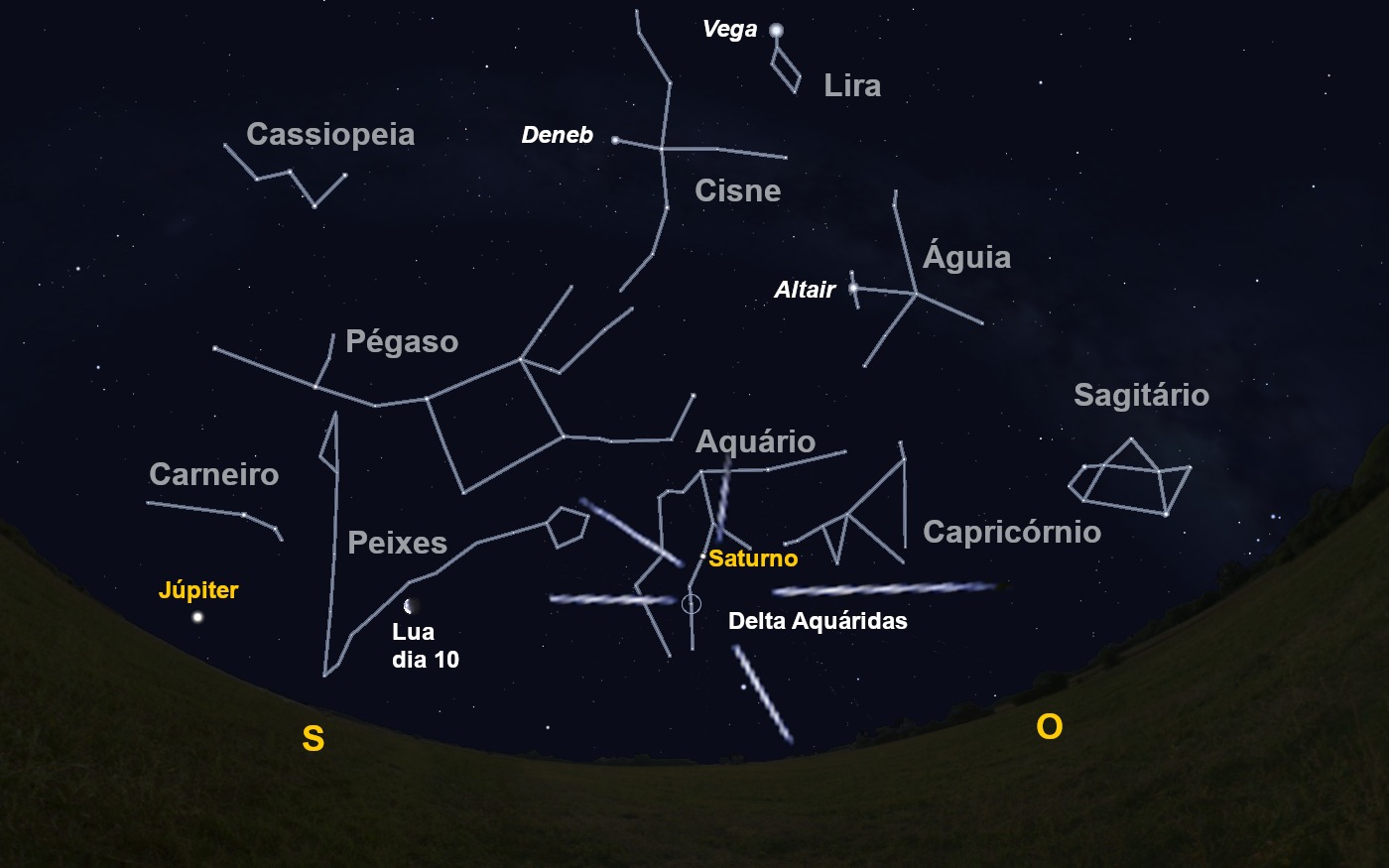He said today that the El Niño weather phenomenon, generally associated with rising temperatures around the world, will continue throughout the year with an intensity that should be “at least moderate”. World Meteorological Organization (WMO). Temperatures are expected to rise in most parts of the world.
The US National Oceanographic and Atmospheric Agency (NOAA) announced on June 8 the official arrival of El Niño, noting that “It could lead to new temperature records” in some regions.
According to a World Meteorological Organization (WMO) bulletin released today, The probability that the phenomenon will continue during the second half of 2023 is 90%.
WMO scientists expect its intensity to be “at least moderate,” but the impact on global temperatures is usually evident within a year of its development, so it is likely to be more pronounced in 2024.
“The arrival of El Niño will greatly increase the likelihood of temperature records being broken and could lead to more extreme heat in many regions of the world and in the oceans,” the bulletin quoted Petteri Taalas, Secretary-General of WMO, as saying.
“The WMO declaration (…) is a signal to governments around the world to prepare to reduce their impacts on our health, ecosystems and economies,” he adds.
Taalas, by the way, highlights the importance of early warning systems and measures to anticipate extreme weather events associated with El Niño to “save lives and livelihoods.”
What is El Niño?
El Niño events occur on average every two to seven years and episodes usually last between nine and 12 months.
It is a natural climatic phenomenon associated with rising surface temperatures in the central and eastern tropical Pacific Ocean. The current episode, however, “is part of a climate context that has been altered by human activities,” WMO stresses.
El Niño phenomenon is generally associated with Increased precipitation in parts of southern Latin America, the southern United States, the Horn of Africa (northeast Africa), and Central Asia.
May also It causes severe drought in Australia, Indonesia, and parts of South Asia and Central Americawhile warm water feeds Hurricanes in the central and eastern Pacific Ocean And hinder its formation in the Atlantic Basin.

“Hardcore alcohol maven. Hipster-friendly analyst. Introvert. Devoted social media advocate.”

